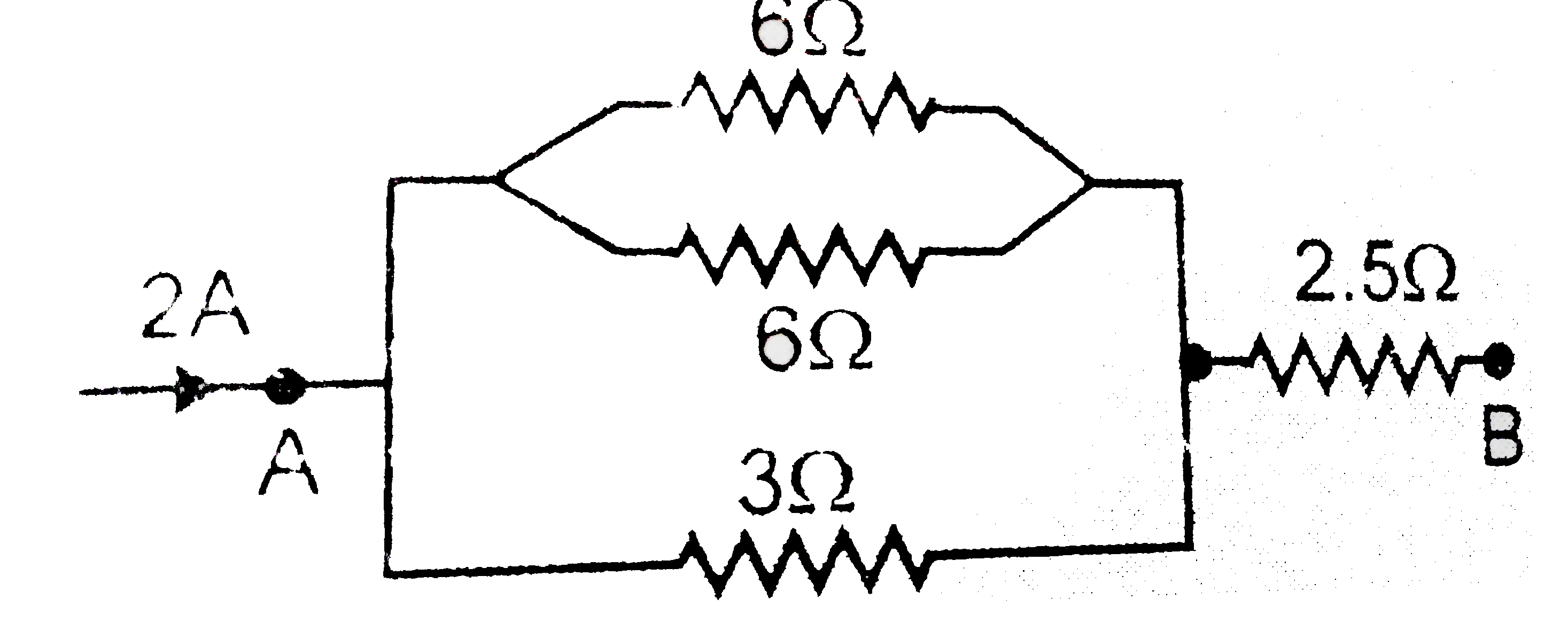Two balls are placed as shown in Fig. on a "weightless" support formed by two smooth inclined planes each of which forms an angle α with the horizontal. The support can slide without friction along a horizontal plane. The upper ball of mass m1 i s released. Determine the condition under which the lower ball of mass m2 tarts "climbing" up the support.

Step by step video & image solution for Two balls are placed as shown in Fig. on a "weightless" support formed by two smooth inclined planes each of which forms an angle alpha with the horizontal. The support can slide without friction along a horizontal plane. The upper ball of mass m_(1) i s released. Determine the condition under which the lower ball of mass m_(2) tarts "climbing" up the support. by Physics experts to help you in doubts & scoring excellent marks in Class 12 exams.
Updated on:21/07/2023Topper's Solved these Questions
Similar Questions
A ball falls freely form a height onto and smooth inclined plane forming an angle a with the horizontal. Find the ratio of the distance between the points at which the jumping ball strikes the inclined plane. Assume the impacts to be elastic.
View SolutionA bar of mass m is pulled by means of a thread up an inclined plane forming an angle α with the horizontal (figure). The coefficient of friction is equal to k. Find the angle β which is thread must form with the inclined plane for the tension of the thread to be minimum. What is it equal to?

View Solution
Knowledge Check
A block of mass m slides down an inclined plane which makes an angle θ with the horizontal. The coefficient of friction between the block and the plane is μ. The force exerted by the block on the plane is
AmgcosθB√μ2+1mgcosθCμmgcosθ√μ2+1DμmgθA plank is held at an angle α to the horizontal on two fixed supports A and B. The plank can slide against the supports (without friction) because of the weight Mg sinα. The acceleration and direction in which a man of mass m should move so that the plank does not move are
 Agsinα(1+mM) down the inclineBgsinα(1+Mm) down the inclineCgsinα(1+mM) up the inclineDgsinα(1+Mm) up the incline
Agsinα(1+mM) down the inclineBgsinα(1+Mm) down the inclineCgsinα(1+mM) up the inclineDgsinα(1+Mm) up the inclineA body of mass 5kg is moved up over 10m along the line of greatest slope of a smooth inclined plane of inclination 30∘ with the horizontal. If g=10m/s2, the work done will be
A500 JB2500 JC250 JD25 J
cylinder and a wedge with a vertical face, touching each other, move along two smooth inclined planes forming the same angle α with the horizontal (Fig. ). The masses of the cylinder and the wedge are m1 and m2 respectively. Determine the force of normal pressure N exerted by the wedge on the cylinder, neglecting the friction between them.

View SolutionA ball is projected form a point A on a smooth inclined plane which makes an angle a to the horizontal. The velocity of projection makes an angle θ with the plane upwards. If on the second bounce the ball is moving perpendicular to the plane, find e in terms of α and θ. Here e is the coefficient of restitution between the ball and the plane.
View SolutionTwo blocks of masses m1 and m2 are connected by a massless pulley A, slides along th esmooth sides of a rectangular wedge of mass m, which rests on a smooth horizontal plane. Find the distance covered by the wedge on the horizontal plane till the mass m1 is lowered by the vertical distance h.

View SolutionA mass m slides down a smooth inclined plane of inclination α and draws another mass from rest through a distance d meter in t second along a smooth horizontal table which is on level with the top of the plane over which the string passes. Find m' /m.
View SolutionA body of mass 10kg is placed on a smooth inclined plane making an angle of 30∘ with the horizontal, the component of the force of gravity trying to move the body down the inclined plane is [g=9.8m/s2]
View Solution
